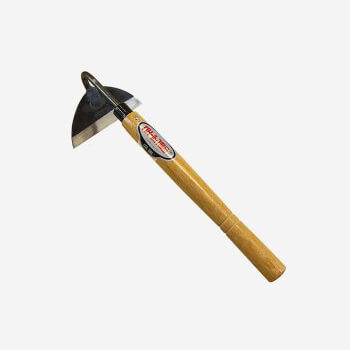Nov . 24, 2024 23:16 Back to list
foot valve
Understanding Foot Valves An Essential Component in Fluid Mechanics
Foot valves are integral components in various fluid handling systems, particularly in the fields of water supply, irrigation, and industrial processes. They are often used in pumps to regulate the flow of water and ensure efficient operation. By understanding the function, types, installation processes, and maintenance of foot valves, one can appreciate their significance in fluid mechanics.
What is a Foot Valve?
A foot valve is a type of check valve that is installed at the bottom of a suction line in a pumping system. Its primary function is to maintain the prime of a pump by preventing the backflow of fluid when the pump is turned off. This helps to ensure that the pump remains filled with fluid, making it ready for the next operation with minimal delay. Foot valves typically consist of a body, a strainer, and an internal check mechanism that allows fluid flow in one direction while blocking it in the opposite direction.
How Foot Valves Work
When a pump is operational, the foot valve opens, allowing water to flow from the source into the suction line and subsequently into the pump. Once the pump is switched off, the foot valve closes, creating a seal that prevents water from flowing back down the suction line. This mechanism is vital for maintaining the necessary pressure within the system and avoiding cavitation, which can occur if the fluid level drops excessively. In addition to facilitating positive flow management, foot valves often feature strainers that filter out debris and prevent clogging, ensuring the smooth operation of the pump.
Types of Foot Valves
Foot valves come in various types, each designed to meet specific operational requirements. The most common types include
1. Ball Foot Valves Featuring a spherical disc that seals against the valve seat, these are the most commonly used foot valves. They provide effective sealing and are suitable for a wide range of applications.
foot valve

2. Lift Check Foot Valves These valves utilize a disc that lifts off its seat to allow flow when the pump is on. They are less commonly used than ball foot valves but are essential in certain systems.
3. Diaphragm Foot Valves These valves utilize a flexible diaphragm to open and close the pathway for fluid. They are particularly useful in applications requiring a tight seal and can handle varying pressure conditions.
4. Strainer Foot Valves Incorporating a strainer in their design, these valves not only prevent backflow but also filter out large particles from the fluid to protect the pump from damage.
Installation Considerations
The installation of a foot valve is a critical process that influences its functionality and longevity. It is crucial to position the valve at a sufficient depth in the water source to ensure that the pump can draw water effectively without running dry. The orientation of the valve also matters, as it should be installed in such a way that the check mechanism operates smoothly. Proper alignment and secure fittings are vital to prevent leaks and ensure optimal operation.
Maintenance of Foot Valves
Like all mechanical components, foot valves require regular maintenance to function effectively over time. Inspections should be performed periodically to check for wear and tear, ensuring the mechanical parts are intact and free from debris. Cleaning the strainer is also essential to maintain proper flow and prevent blockages that could hinder pump performance. If any components are found to be damaged or malfunctioning, timely replacement is critical to avoid operational disruptions.
Conclusion
Foot valves are fundamental components in various fluid systems, playing a pivotal role in ensuring efficient and reliable operation. Understanding their function, types, installation practices, and maintenance requirements equips engineers and technicians with the knowledge necessary to optimize fluid handling processes. As industries continue to evolve, the importance of such components in enhancing operational efficiency and reliability cannot be overstated. In the realm of fluid mechanics, foot valves stand out as unsung heroes, facilitating the smooth movement of fluids through complex systems.
Share